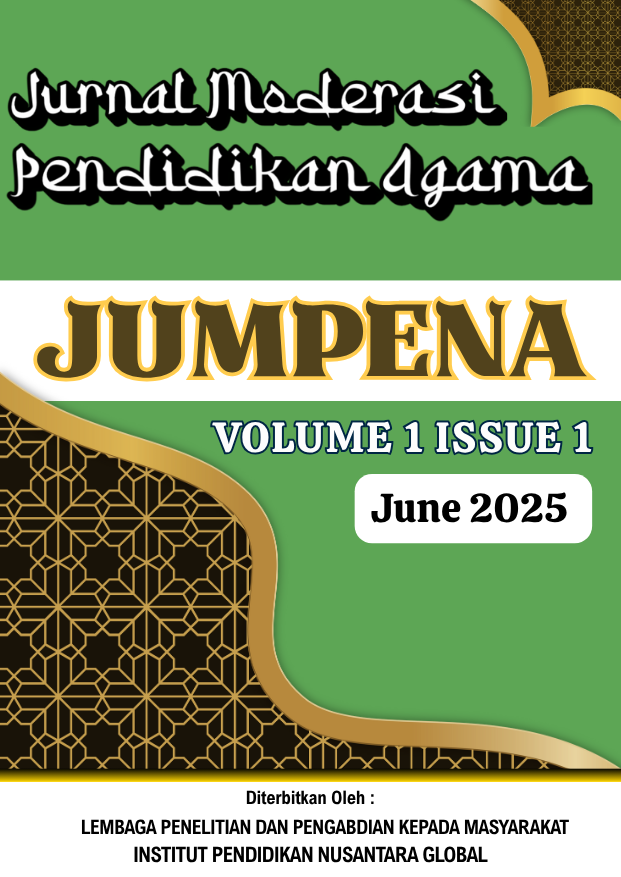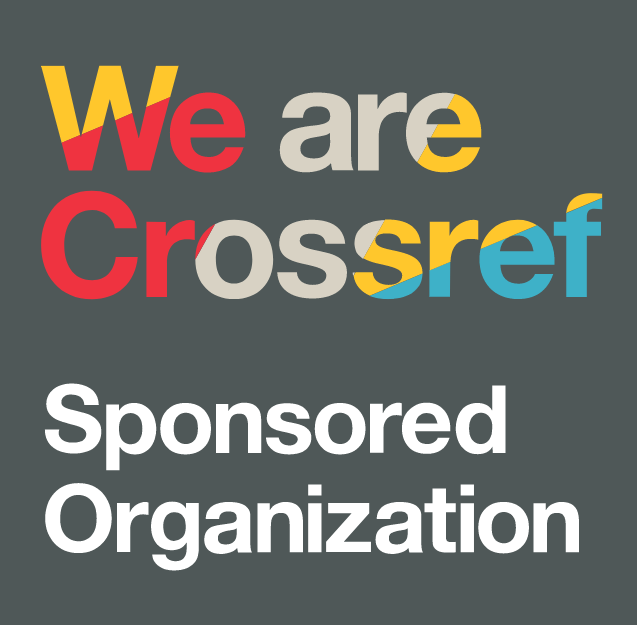Deconstructing the Narrative of the Prophet's Example in the PAI Elementary School Textbook: Critical Discourse Analysis to Strengthen the Value of Inclusivity and Gender Equality
Keywords:
PAI Elementary, Prophet's Example, Critical Discourse Analysis, Inclusivity, Gender EqualityAbstract
Islamic Religious Education (PAI) textbooks for elementary schools are crucial in shaping children's morality. However , the exemplary narratives of Prophet Muhammad SAW within these texts may contain biases. These biases can hinder the internalization of inclusivity and gender equality, values essential for Indonesia's diverse society. This research aims to deconstruct these narratives, identifying how they either reinforce or impede these fundamental values. This qualitative study employs Critical Discourse Analysis (CDA), specifically Fairclough's three- dimensional model. It analyzes PAI elementary school textbooks from the Kurikulum Merdeka and Kurikulum 2013 for grades 4-6. Anticipated findings include: minimal representation of active female roles, reinforcement of gender stereotypes, less in- depth or exclusive portrayals of interactions with non-Muslims and minorities, and the use of less gender-sensitive language. The potential for alternative, more inclusive, and gender-equal narratives is also believed to be underexplored. This research is expected to provide a critical roadmap for developing more responsive PAI curricula and textbooks. The goal is to strengthen the foundations of inclusivity and gender equality from an early age, aligning with the Islamic principle of rahmatan lil 'alamin (a mercy to all worlds) and the demands of modern society.














